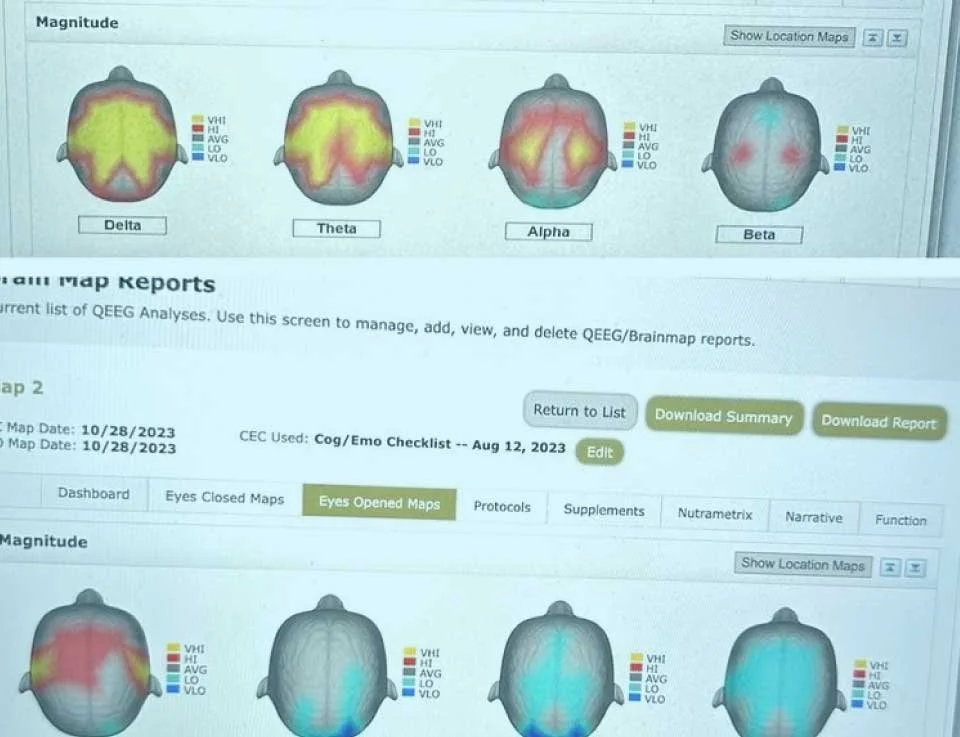From Burnout to Balance in the Workplace
Finding Balance Between Professional and Personal Life for Your Mental Health and Work
In today’s interconnected world, the boundaries between work and personal life are increasingly difficult to maintain. Technology allows us to answer emails late into the night, attend virtual meetings from our living rooms, and stay perpetually connected to our jobs. While this flexibility has its benefits, it also presents significant challenges, particularly to mental health.
The Impact of Blurred Boundaries
As the line between work and personal life fades, many employees experience heightened stress and burnout. The inability to disconnect from work can lead to:
Chronic Fatigue: Constantly being "on" prevents the mental and physical recuperation needed to perform at one’s best.
Reduced Productivity: Contrary to popular belief, overworking often leads to diminished efficiency and creativity.
Strained Relationships: Spending excessive time on work-related tasks can disrupt personal relationships, creating feelings of isolation or resentment.
Employers are beginning to recognize these issues, as declining mental health not only affects individuals but also organizational performance.
Recognizing the Signs of Workplace Mental Health Struggles
It’s crucial for both employers and employees to recognize the signs of mental health challenges stemming from blurred boundaries. Some common indicators include:
Difficulty concentrating or making decisions
Increased absenteeism or presenteeism (being physically present but mentally disengaged)
Heightened irritability or mood swings
Physical symptoms such as headaches or fatigue
Strategies for Employers
Employers have a unique opportunity to foster a healthier balance for their teams. Here are actionable steps:
Encourage Clear Boundaries: Promote a culture where employees are not expected to respond to emails or messages outside of working hours.
Offer Flexible Work Options: Allowing employees to set their own schedules can help them integrate work and personal life in a way that works best for them.
Provide Mental Health Resources: Partner with mental health professionals or offer employee assistance programs (EAPs) to provide accessible support.
Lead by Example: Leadership teams should model healthy boundaries and prioritize their own mental well-being.
Strategies for Employees
Employees can also take steps to protect their mental health:
Set Personal Boundaries: Define clear start and end times for work each day, and communicate these with your employer.
Create a Dedicated Workspace: If working remotely, set up a space solely for work to help create a physical separation from personal life.
Prioritize Self-Care: Incorporate activities like exercise, meditation, and hobbies into your daily routine.
Seek Support: If you’re struggling, don’t hesitate to reach out to a therapist or counselor.
The Role of Neurofeedback and a Balanced Future
For individuals finding it difficult to manage work-related stress or mental health challenges, neurofeedback can be an effective solution. Neurofeedback helps train the brain to regulate itself better, improving focus, reducing anxiety, and enhancing emotional resilience. BRAINTOPIA specializes in providing customized neurofeedback sessions tailored to individual needs. If you’re feeling overwhelmed by the pressures of work and life, we’re here to help.
As the lines between work and personal life continue to blur, the need for proactive mental health strategies has never been more critical. By fostering environments that prioritize well-being, both employers and employees can thrive in a balanced, healthier way. Together, we can redefine success not just as professional achievement but as holistic well-being.





